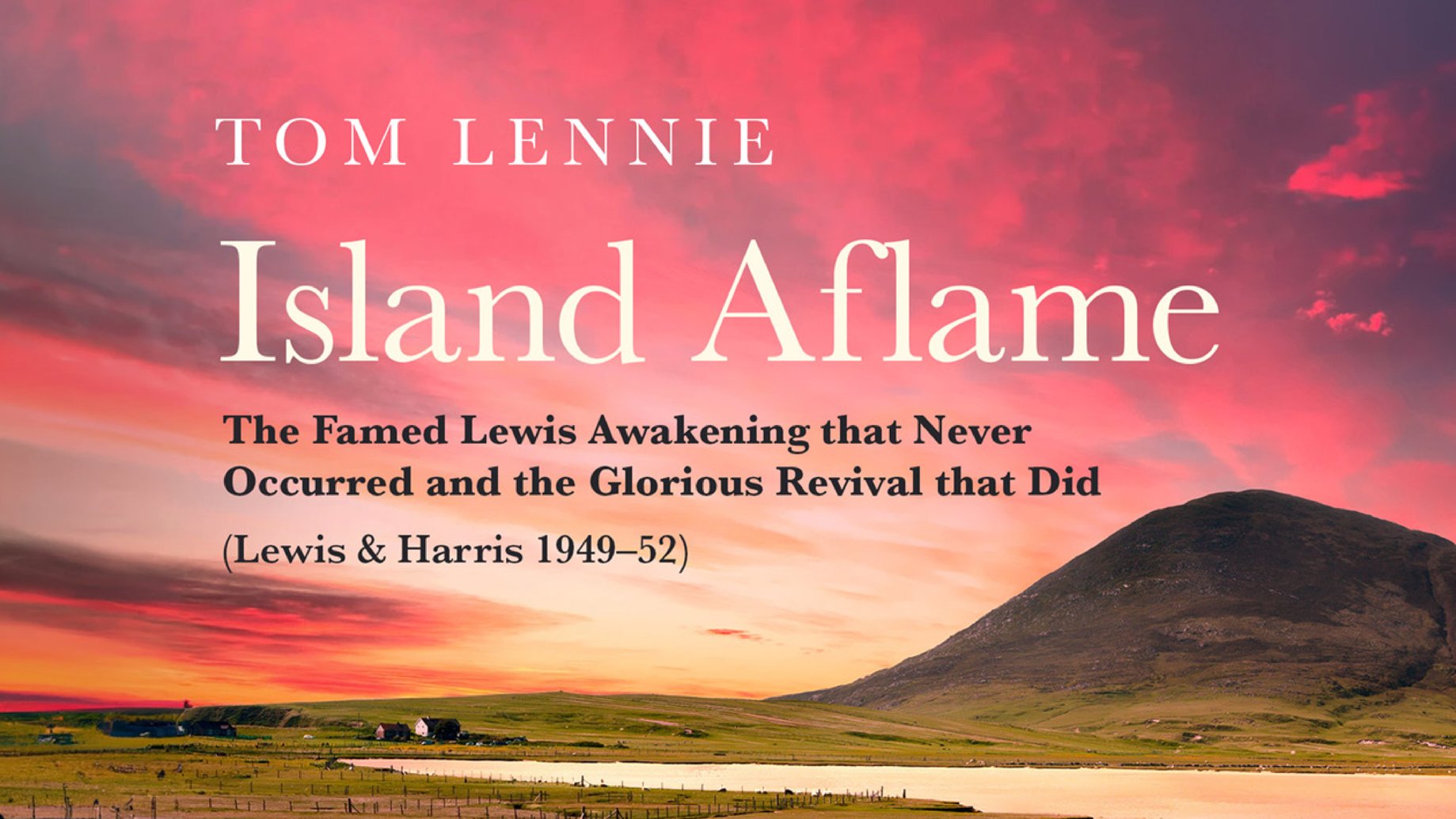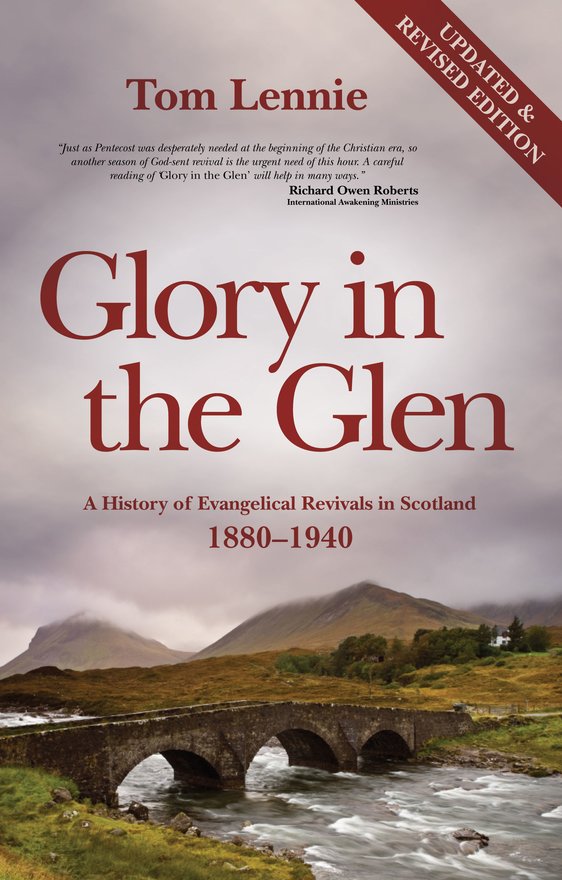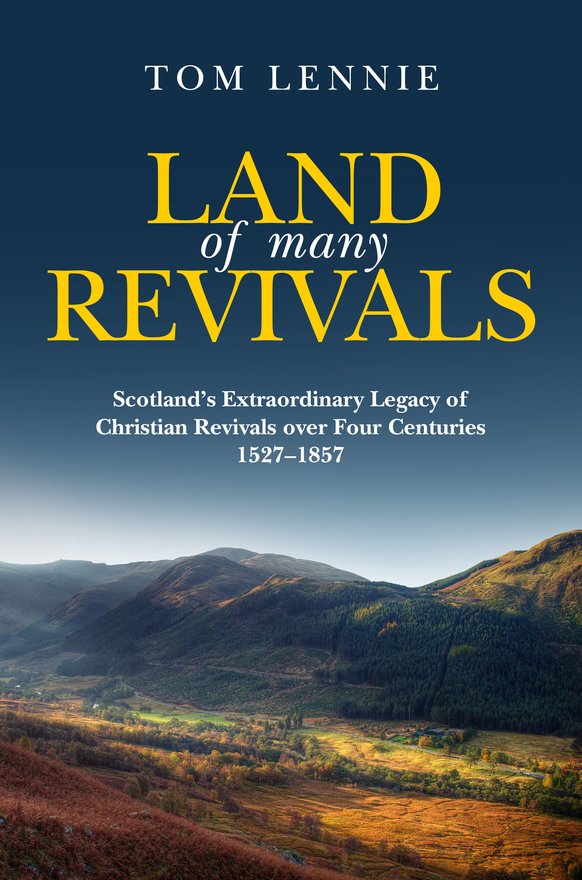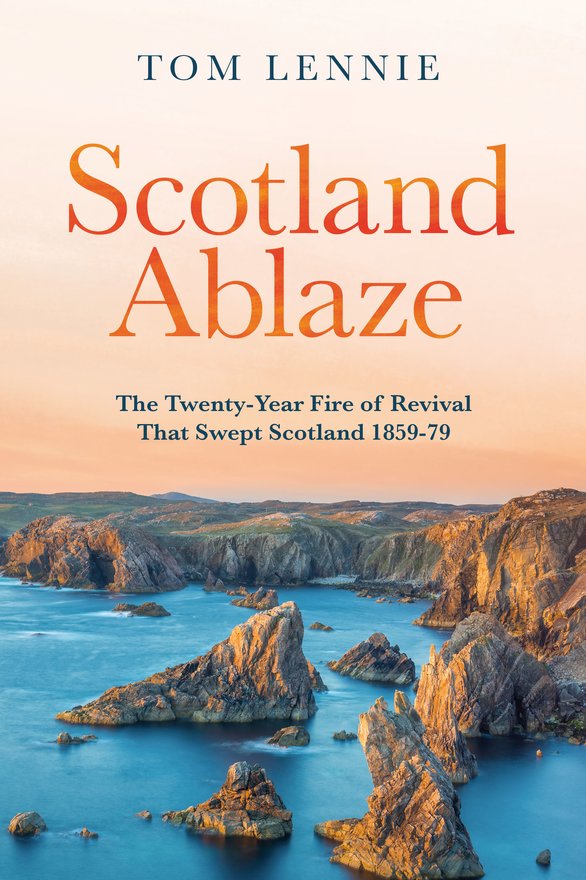
Everybody loves a good story. And there’s plenty of good stories to be found in the famed Lewis revival of 1949–52. Such as the seven men who prayed together in a cold barn through long winter’s nights, two or three times a week. Or the story of the two elderly Smith sisters – aged 84 and 82 years respectively; one completely blind, the other bent double with arthritis – who received premonitions from God that revival was coming, and prayed the movement into being.
It’s amazing how many accounts talk about the revival occurring in the New Hebrides islands – which are actually located in the South Pacific, some 10,000 miles away. Or that hundreds of coal–miners were converted – presumably a confusion with the Welsh revival of 1904, for there were no coalmines in Lewis. It’s easy to get some basic facts wrong, especially years after the event.
But some stories from the Lewis revival are more puzzling. There’s the account that’s been retold hundreds of times in books and on blogs and websites – of groups of folk who, late at night, suddenly got the urge to find somebody to take them in a bus – and drive them north and west – having no idea where on earth they were going, or remotely why. They eventually find themselves in Barvas, where revival had recently broken out, and where they notice lights still on in the church – an unprecedented sight at that time of night. They enter the building, the evangelist is preaching, and many get converted on the spot.
It’s a most incredible story. But it gradually began to dawn on me that of all the revival converts that I personally spoke with, and of all the many revival testimonies I had heard or read – not a single person testified to being among that number – and nor did they know anyone who was.
For a long, long time I dismissed my questions and doubts outright. Who was I to query anything that was reported by one who was at the very centre of the revival from its inception?
…[T]o gain a fuller understanding of what truly occurred during those momentous days, it was better to rely on weekly reports written throughout the progress of the revival; and to focus equally on the actual testimonies of the converts, because these are shown to be truly reliable. By doing this, I feel we’re able to construct a more realistic picture of what happened in those exciting days.
Gradually over time, I began to realise that to gain a fuller understanding of what truly occurred during those momentous days, it was better to rely on weekly reports written throughout the progress of the revival; and to focus equally on the actual testimonies of the converts, because these are shown to be truly reliable. By doing this, I feel we’re able to construct a more realistic picture of what happened in those exciting days.
That’s what I seek to achieve in Island Aflame. To set the Lewis revival in perspective – in the context of the remarkable legacy of spiritual awakenings on Lewis & Harris over two centuries.
The Revival was … a remarkable outpouring of the Holy Spirit across great swathes of the island over a two–and–a–half–year period.
It’s only then that you can truly begin to appreciate the Lewis revival for what it really was – a remarkable outpouring of the Holy Spirit across great swathes of the island over a two–and–a–half–year period.
The real focus of Island Aflame is therefore to highlight the beautiful things that truly did occur, and not just to point out a few things that probably didn’t.



